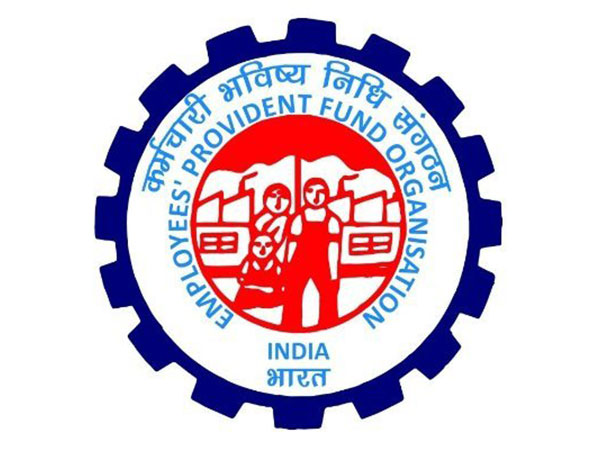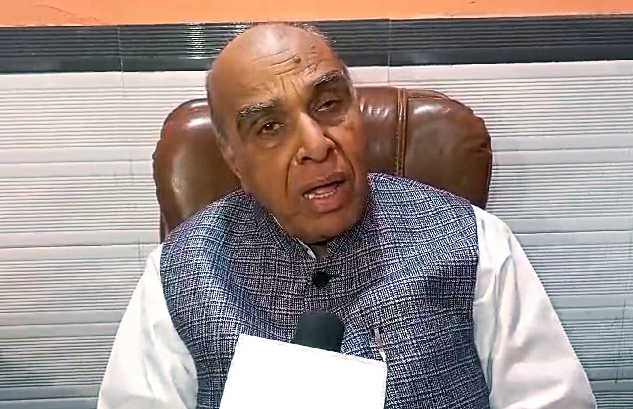India’s net direct tax collection, comprising corporate tax and personal income tax, increased by 14.69% to cross ₹17.78 lakh crore as of February 10 in the current financial year, compared to ₹15.51 lakh crore in the same period of 2023-24, according to data released by the Central Board of Direct Taxes (CBDT) on Tuesday.
The gross direct tax revenue surged by 19.06% to exceed ₹21.88 lakh crore, up from ₹18.38 lakh crore in the corresponding period of the previous year.
Revenue from net non-corporate taxes, primarily personal income tax, grew by 21% year-on-year to ₹9.48 lakh crore during this period. Meanwhile, net corporate tax collection rose by over 6% to more than ₹7.78 lakh crore between April 1, 2024, and February 10, 2025.
Collections from securities transaction tax (STT), which also falls under direct taxes, recorded a sharp 65% increase, reaching ₹49,201 crore so far in the financial year.
Refunds amounting to more than ₹4.10 lakh crore were issued during the period, marking a 42.63% rise compared to the previous year. According to senior officials, this reflects improved efficiency in the Income Tax Department’s refund process.
The steady double-digit growth in direct tax collections indicates rising corporate profits in a growing economy and increasing incomes as more high-value jobs are created in the manufacturing and services sectors.
The buoyancy in tax revenue strengthens the economy’s macroeconomic fundamentals, enabling the government to fund large-scale infrastructure projects and welfare schemes. Additionally, higher tax collections help keep the fiscal deficit in check. A lower fiscal deficit reduces government borrowing, leaving more liquidity in the banking system for businesses to invest and expand. This, in turn, supports economic growth and job creation.
A controlled fiscal deficit also helps maintain inflation at manageable levels, contributing to economic stability.




















